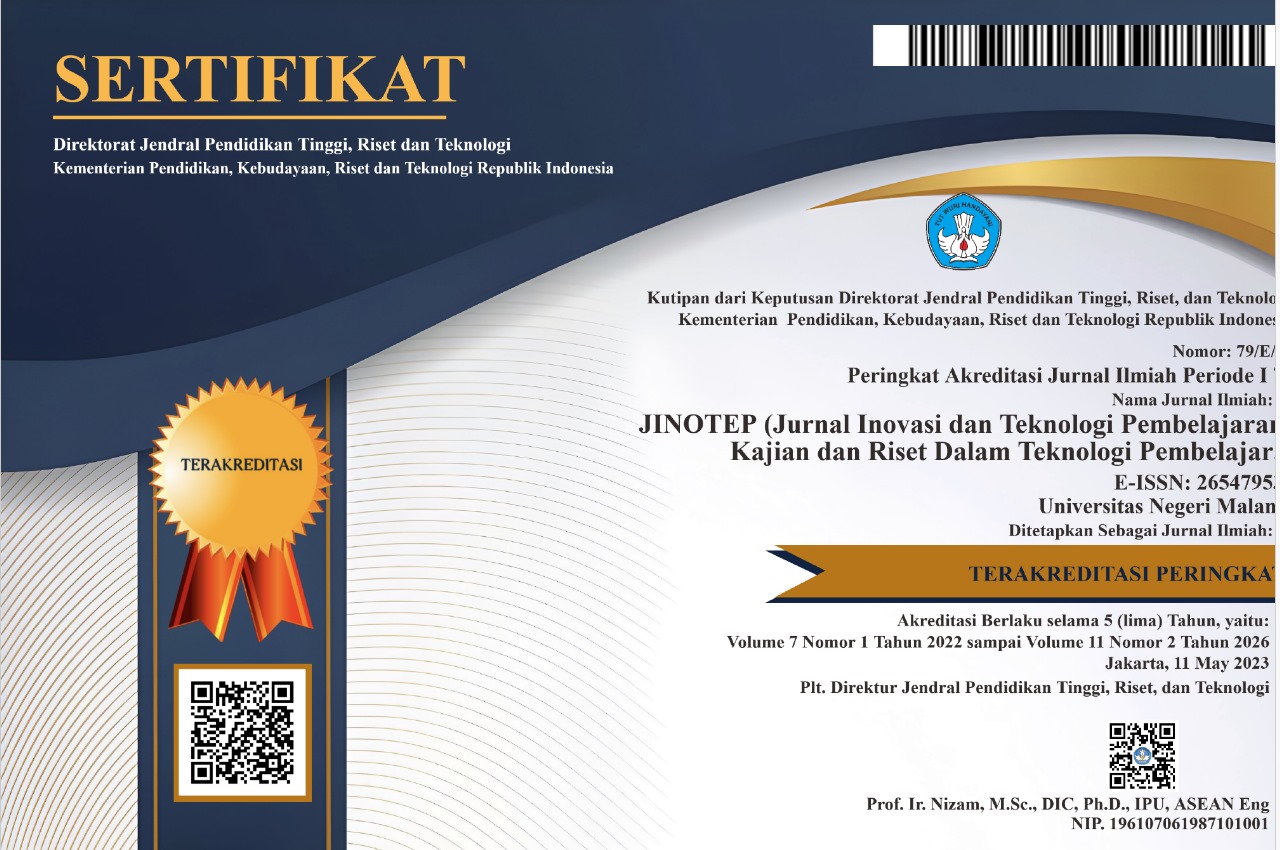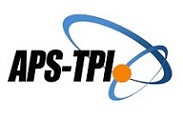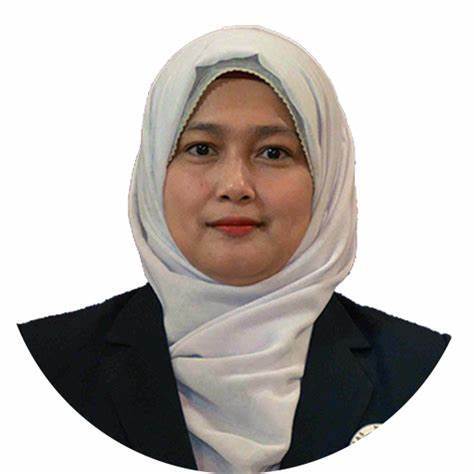Pengembangan Media 3D Exploded View pada Asynchronous Learning
Abstract
Abstrak: Tujuan inovasi media pembelajaran pada penelitian ini mewujudkan pengembangan media 3D Exploded View yang dapat dimanfaatkan sebagai media pembelajaran mahasiswa pada mata kuliah praktikum sistem kontrol sasis. Platform peraga secara virtual ditargetkan mampu memberikan pengalaman belajar yang semakin kompleks melalui asynchronous learning yang saat ini telah berkembang pesat karena pergeseran paradigma belajar. Penelitian ini merupakan penelitian pengembangan dengan menerapkan model ADDIE. Media telah divalidasi secara konten dan konstruk dengan hasil layak dan valid digunakan. Hasil penelitian menunjukan penerapan media 3D Exploded View pada kelas praktikum memberikan peningkatan signifikan pengalaman belajar, motivasi belajar, dan prestasi kognitif mahasiswa. Berdasarkan hasil analisis efektifitas dan kebermanfaatan disimpulkan media dinilai layak dan cocok diterapkan terhadap pembelajaran praktik pada universitas.
Abstract: The purpose of the learning media innovation in this research is to realize the development of 3D Exploded View media that can be used as a student learning media in the chassis control system practice class. The virtual learning platform is targeted to be able to provide increasingly complex learning experiences through asynchronous learning, which is currently growing rapidly due to a shift in the learning paradigm. This research is a development research by applying the ADDIE model. The media has been validated in terms of content and constructs with proper and valid results. The results showed that the application of 3D Exploded View media in the practicum class provided a significant increase in learning experience, learning motivation, and student cognitive achievement. The results of the analysis of effectiveness and usefulness, it is concluded that the media is considered feasible and suitable to be applied to practical learning at universities.
Keywords
Full Text:
PDFReferences
Anwar. (2012). Pendidikan Kecakapan Hidup. Bandung: Alfabeta.
Asrori, M. (2013). Psikologi Pembelajaran. Bandung: Wacana Prima.
Azwar, S. (2014). Tes Prestasi Fungsi dan Pengembangan Pengukuran Prestasi Belajar. Yogyakarta: Pustaka Pelajar.
Basuki I, H. (2014). Asesmen Pembelajaran. Bandung: Remaja Rosdakarya.
Chen, X., Ma, H., Wan, J., Li, B., & Xia, T. (2017). Multi-view 3D object detection network for autonomous driving. Conference on Computer Vision and Pattern Recognition. 20, hal. 6526–6534. IEEE. doi:https://doi.org/10.1109/CVPR.2017.691
Choy, C. B., Xu, D., Gwak, J., Chen, K., & Savarese, S. (2016). 3D-R2N2: A unified approach for single and multi-view 3D objects. Journal Computer Science, 9912, 628–644. doi:https://doi.org/10.1007/978-3-319-46484-8_38
Costa, C. M., Veiga, G., Sousa, A., Rocha, L., Oliveira, E., Cardoso, H. L., & Thomas, U. (2018). Automatic Generation of Disassembly Sequences and Exploded Views from SolidWorks Symbolic Geometric Relationships. International Conference on Autonomous Robot Systems and Competitions. Torres Vedras, Portugal: IEEE. doi:10.1109/ICARSC.2018.8374185
Deepika, J., Gokulraj, J., Srisharaan, S., & Sashang, S. (2020). Enhanced Technique of Augmented Reality and Virtual Reality with Brain Computer Interface in Education. International Journal of Advanced Science and Technology, 29(7), 12185 - 12190.
Ipate, G., Ilie, F., & C, A. C. (2020). Finite element 3D numerical simulation study of car braking systems and brake disc/drum – pad/shoe friction couple materials. materials. International Conference on Thermal Equipments, Renewable Energy and Rural Development, 180, hal. 1-6. doi:https://doi.org/10.1051/e3sconf/202018003003
Jayanth, A. Y., Kolati, N. S., Rajkumar, R., & Patil, D. S. (2020). Virtual Reality Emulation Platform for Image Visualization. International Journal of Advanced Science and Technology, 19(7), 8266-8272.
Karisman, A., Wulandari, F., & Adipraja, R. (2019). Aplikasi Media Pembelajaran Augmented Reality Pada Perangkat Keras Komputer Berbasis Android. Jurnal Teknik Informatika dan Sistem Informasi, 6(1), 18-30.
Kusnawa, W. S. (2012). Taksonomi Kognitif (Perkembangan Ragam Berpikir). Bandung: Remaja Rosdakarya.
Mayilyan, H. (2019). Augmented Reality in Education, AR Globe Project Assessment in Actual Teaching-Learning Environment. International Journal of Learning, Teaching and Educational Research, 18(3), 1-14. doi:https://doi.org/10.26803/ijlter.18.3.1
Nisaun, M., Subiyanto, S., & Murnomo, A. (2020). The Effectiveness of Augmented Reality App to Improve Students Achievement in Learning Introduction to Animals. Journal of Education and Learning, 12(4), 1-10. doi:http://dx.doi.org/10.11591/edulearn.v12i4.9334
Pangestu, D. A., Fitri, I., & Fauziah. (2020). Augmented Reality Sebagai Media Pengenalan dan Promosi Universitas Nasional. Jurnal Teknologi Informasi, 4(1).
Ramadhan, A. A., Jalinus, N., Ta’ali, & Mulianti. (2021). Pengembangan Modul Elektronik Berbasis Model Pembelajaran Self Directed Learning Pada Mata Pelajaran Pengelasan. JINOTEP (Jurnal Inovasi Teknologi Pembelajaran), 8(1), 91-100. doi:10.17977/um031v8i12021p091
Saifuddin, A. (2016). Konstruksi Tes Kemampuan Kognitif. Yogyakarta: Pustaka Pelajar.
Sergey, S., Zhdanov, F., Chebotarev, P., & Rabinovich, P. (2015). Interactive Educational Content Based on Augmented Reality and 3D Visualization. International Young Scientists Conference on Computational Science. 66, hal. 720-729. Procedia Computer Science. doi:https://doi.org/10.1016/j.procs.2015.11.082
Sonhadji, A. (2013). Manusia,Teknologi dan Pendidikan (Menuju Peradaban Baru). Malang: UM Press.
Suhana, C. (2014). Konsep Strategi Pembelajaran. Bandung: Refika Aditama.
Suharsimi, A. (2013). Dasar-Dasar Evaluasi Pendidikan. Jakarta: Bumi Aksara.
Sukmadinata, N. S. (2013). Pengembangan Kurikulum (Teori dan Praktek). Bandung: Remaja Rosdakarya.
Tasneem, K., Johnston, K., & Ophoff, J. (2019). The Impact of an Augmented Reality Application on Learning Motivation of Students. Journal Advances in Human-Computer Interaction, 45-56. doi:https://doi.org/10.1155/2019/7208494
Tasrif, E., Mubai, A., Huda, A., & Rukun, K. (2020). Pemanfaatan media pembelajaran berbasis augmented reality menggunakan aplikasi Ar_Jarkom pada mata kuliah instalasi jaringan komputer. Jurnal Konseling dan Pendidikan, 8(3). doi:https://doi.org/10.29210/153400
Tymrak, B., Kreiger, M., & J.M.Pearce. (2014). Mechanical properties of components fabricated with open-source 3-D printers under realistic environmental conditions. Journal Materials and Design, 58, 242–246. doi:https://doi.org/10.1016/j.matdes.2014.02.038
Weng, Z., Wanga, J., T.Senthil, & Wu, L. (2016). Mechanical and thermal properties of ABS/montmorillonite nanocomposites for fused deposition modeling 3D printing. Journal Materials and Design, 102, 276–283. doi:https://doi.org/10.1016/j.matdes.2016.04.045
Widayaningsih, N. H., & Handriyotopo. (2020). Perancangan Augmented Reality Berbasis Android Sebagai Promosi Taman Sriwedari Surakarta. Journal of Advertising and Visual Communication, 1(2), 1-22. doi:https://doi.org/10.33153/citrawira.v1i2.3298
Wilmot, L., Agrawala, M., Curless, B., & Salesin, D. (2018). Automated Generation of Interactive 3D Exploded View Diagrams. ACM Transactions on Graphics, 27(3), 1-7. doi:https://doi.org/10.1145/1360612.1360700
DOI: http://dx.doi.org/10.17977/um031v8i32021p247
Refbacks
- There are currently no refbacks.
Copyright (c) 2021 Muhammad Ihwanudin, Lutfi Nuril Anwar, Sumarli, Syarif Suhartadi

This work is licensed under a Creative Commons Attribution-ShareAlike 4.0 International License.
======================================================================
Jurnal Inovasi dan Teknologi Pembelajaran published by Universitas Negeri Malang in collaboration with the Asosiasi Program Studi Teknologi Pendidikan Indonesia (APS TPI) and Ikatan Profesi Teknologi Pendidikan Indonesia (IPTPI) with a MoU.
Publisher Address:
Educational Technology Laboratorium, Building D5, 1st Floor
Faculty of Education, Universitas Negeri Malang
Semarang St. No. 5, Malang City, East Java Province, Postal Code 65145
Email: jinotep.fip@um.ac.id
======================================================================

JINOTEP is licensed under a Creative Commons Attribution-ShareAlike 4.0 International License.
JINOTEP Statistics (Since July 13th, 2020)



.png)




.png)
1.png)
1.png)
4.png)
2.png)
1.png)
1.png)
.png)


_3.png)





1.png)
.png)